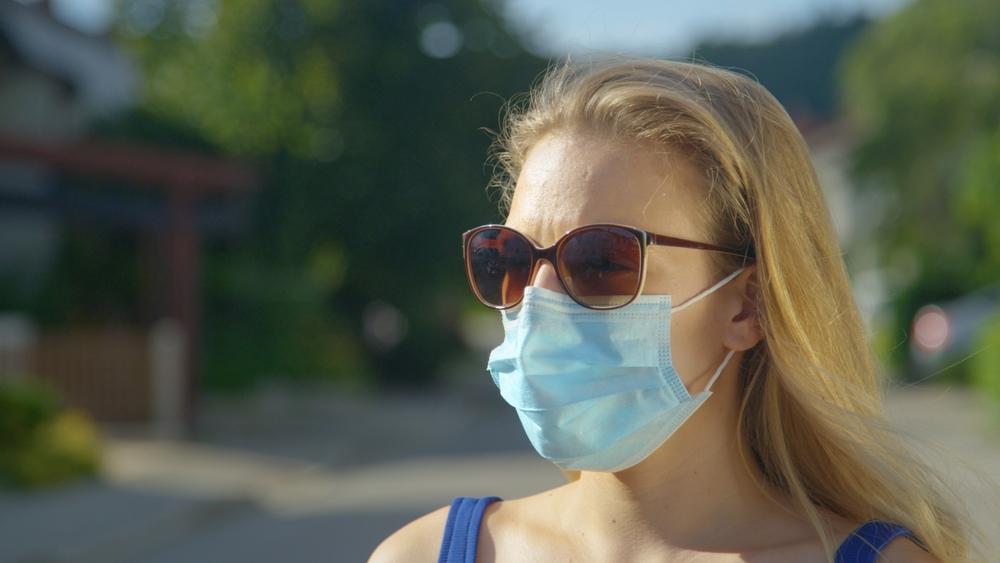As we approach the colder months, conversations around seasonal illnesses tend to spike, and rightfully so. With flu season on the horizon and the ongoing presence of COVID-19, there’s also been a rise in awareness about respiratory syncytial virus (RSV). These three illnesses often share overlapping symptoms, but understanding their differences is crucial to better managing them.
So, what causes flu, COVID-19, and RSV? While all three are viral respiratory infections, they stem from different pathogens: influenza viruses for the flu. Coronaviruses (specifically SARS-CoV-2) for COVID-19 and RSV are caused by a virus from the Paramyxoviridae family. In this blog, we will delve into how these viruses differ and what you need to know to protect yourself and your loved ones.
Understanding the Flu: Symptoms, Causes, and Risks
The flu, short for influenza, is caused by the influenza virus, which primarily attacks the respiratory system. There are two main types of influenza viruses, A and B, both of which are responsible for seasonal flu outbreaks. The flu is highly contagious, spreading mainly through respiratory droplets when someone coughs, sneezes, or talks. Symptoms of the flu can range from mild to severe, and they often include:
- Fever or chills
- Cough
- Sore throat
- Muscle or body aches
- Fatigue
- Headaches
Though many people recover from the flu in a matter of days to weeks, it can sometimes lead to complications like pneumonia, bronchitis, or worsening of chronic medical conditions like asthma or diabetes. Individuals who are at higher risk for serious complications include the elderly, young children, pregnant women, and people with weakened immune systems.
COVID-19: How it Compares and Contrasts to the Flu
COVID-19, caused by the SARS-CoV-2 virus, made its devastating debut in late 2019 and has since caused a global pandemic. Like the flu, COVID-19 is a respiratory illness and shares many symptoms, including fever, cough, fatigue, and body aches. However, COVID-19 can lead to a broader spectrum of symptoms, such as:
- Loss of taste or smell
- Shortness of breath
- Chest pain
- Gastrointestinal symptoms like nausea and diarrhea
One of the distinguishing factors between COVID-19 and the flu is the potential severity of COVID-19. While many people experience mild to moderate symptoms, the disease can lead to severe outcomes. Especially in older adults or those with preexisting conditions like heart disease or obesity. In severe cases, COVID-19 can result in pneumonia, acute respiratory distress syndrome (ARDS), organ failure, and even death.
Unlike the flu, COVID-19 is also associated with a higher rate of asymptomatic transmission, meaning people who show no symptoms can still spread the virus. This has made controlling the spread of the virus particularly challenging. Vaccines have proven to be highly effective in reducing the severity and spread of COVID-19. Moreover, ongoing research and vaccine development aim to keep up with emerging variants.
RSV: The Overlooked Respiratory Virus
RSV, or respiratory syncytial virus, is a common respiratory virus that primarily affects infants, young children, and older adults. While RSV has been around for decades, it has gained more attention in recent years due to increased awareness of its potential to cause severe illness in certain populations.
RSV symptoms are often mild and mimic those of the common cold, including a runny nose, coughing, sneezing, and fever. However, for infants and older adults, RSV can cause more severe symptoms, such as:
- Wheezing
- Difficulty breathing
- Severe coughing
- Pneumonia or bronchiolitis
RSV is highly contagious, spreading through respiratory droplets and contaminated surfaces. While most cases of RSV resolve on their own, it can lead to hospitalization, particularly in babies under 6 months of age and adults over 65.
Unlike COVID-19 and the flu, there is currently no vaccine available for RSV, although clinical trials are underway to develop one. Supportive care, such as hydration, fever reducers, and sometimes oxygen therapy, is the primary form of treatment for RSV infections.
How These Viruses Are Diagnosed
Given the similarities in symptoms, it can be difficult to distinguish between the flu, COVID-19, and RSV without proper testing. All three of these viruses can be diagnosed through different types of tests:
- Flu:
Rapid influenza diagnostic tests (RIDTs) or molecular assays like PCR tests can detect the presence of the flu virus.
- COVID-19:
PCR and rapid antigen tests are the most commonly used for diagnosing COVID-19. Antibody tests can also determine if someone has had a past infection.
- RSV:
RSV can be diagnosed using rapid RSV antigen detection tests or more sensitive molecular tests, such as PCR.
Getting tested when you exhibit symptoms is important not only for your own health but also for reducing the spread of these infections to others.
Similarities Between the Flu, COVID-19, and RSV
Despite their differences, flu, COVID-19, and RSV share a number of similarities that can make it hard to tell them apart based on symptoms alone. Common threads include:
1. Respiratory Symptoms:
All three viruses primarily affect the respiratory system, causing coughing, sneezing, and congestion.
2. Transmission:
Each of these viruses spreads through respiratory droplets when an infected person talks, coughs, or sneezes. Surface transmission is also possible, although it is less common for COVID-19 compared to RSV and the flu.
3. Seasonality:
These illnesses are most prevalent during the colder months, with flu and RSV peaking in fall and winter. COVID-19, though it initially had no clear seasonality, has shown a tendency to spike during similar periods.
4. Prevention:
Preventative measures for all three include wearing masks, practicing good hand hygiene, and maintaining physical distancing when appropriate. Vaccination is available for both the flu and COVID-19, while RSV vaccines are still in development.
Differences to Keep in Mind
There are also crucial differences that set these viruses apart:
- Pathogen type:
The flu is caused by the influenza virus, COVID-19 by a coronavirus, and RSV by a paramyxovirus.
- The population at Risk:
While COVID-19 and the flu can severely impact older adults, RSV poses a higher risk for severe illness in infants and young children.
- Vaccine Availability:
As mentioned earlier, there are vaccines available for the flu and COVID-19, but no widely available vaccine for RSV yet.
Prevention and Treatments
The best way to protect yourself from flu and COVID-19 is by getting vaccinated annually for the flu and keeping up with your COVID-19 vaccinations and boosters. For RSV, prevention largely revolves around avoiding close contact with sick individuals, frequent handwashing, and practicing good hygiene, especially if you are around infants or the elderly.
For all three illnesses, early detection can significantly improve outcomes. If you experience respiratory symptoms, it’s important to contact your healthcare provider for appropriate testing and treatment.
Read Also: Understanding the Phases of Clinical Trials: What You Need to Know
Conclusion
With flu season underway, and COVID-19 and RSV still circulating, it’s essential to remain vigilant in protecting yourself and those around you. Whether through vaccination, proper hygiene, or seeking medical advice when symptoms arise. Understanding the differences and similarities between these illnesses will help you navigate this challenging time of year.
If you’re interested in participating in ongoing research, consider looking into COVID-19 and flu clinical trials near me in Central Illinois. These trials play a crucial role in developing more effective vaccines and treatments for these illnesses. By participating, you can contribute to medical advances that will benefit many people worldwide.






